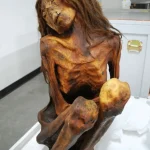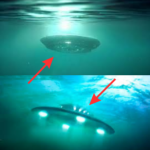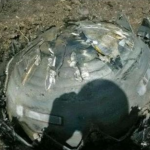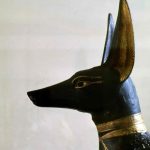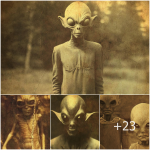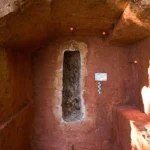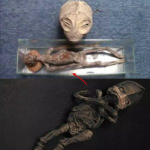Pedra do Ingá’s Mysterious Legacy: Revealing Ancient Mysteries in Paraíba, Brazil

Nestled in the heart of Paraíba, Brazil, the Inga Stone, also known as Pedra do Ingá, emerges as a testament to the enigmatic past of South America. Standing near the quaint town of Ingá, this monumental archaeological marvel beckons explorers and scholars alike, offering a glimpse into a bygone era through its intricate petroglyphs etched upon a towering rock face.
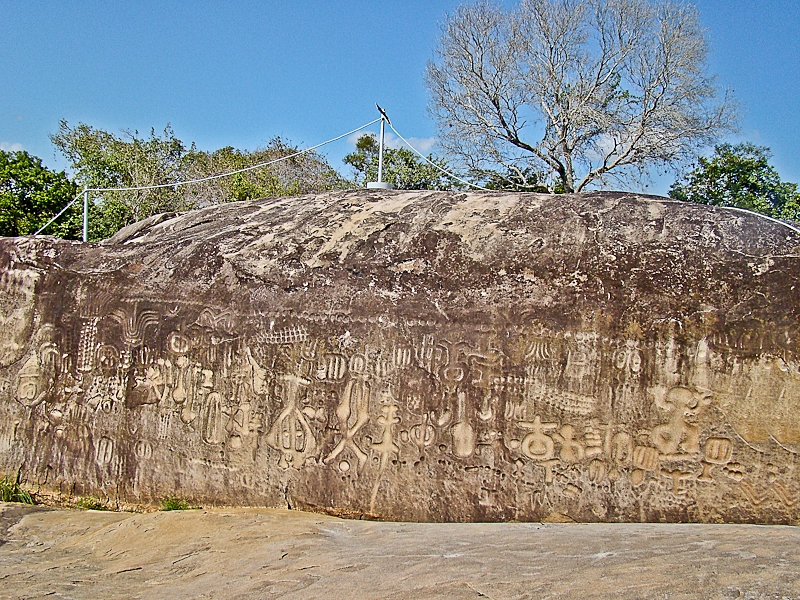
Stretching over 24 meters in length and reaching a height of 3.5 meters, the Inga Stone commands attention with its extensive array of carvings, each stroke whispering secrets of civilizations long vanished. Geometric shapes intertwine with spirals, while depictions of animals and humans dance across the ancient canvas, their meanings veiled in the mists of time.
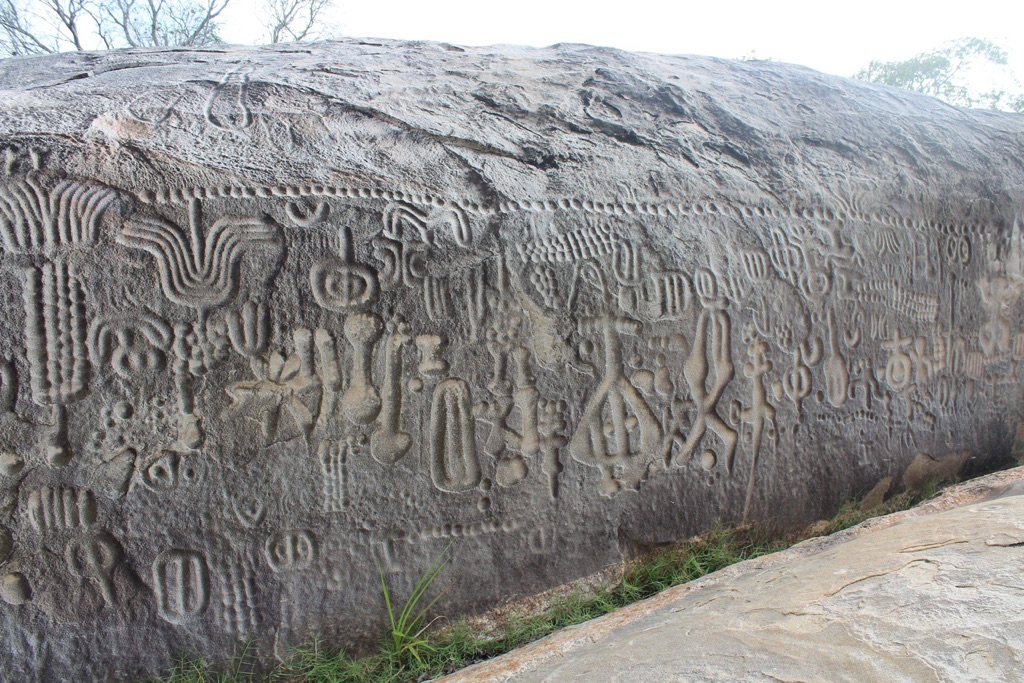
Believed to have been chiseled into existence several millennia ago, the exact age and origins of these petroglyphs remain shrouded in mystery, fueling scholarly debate and speculation. Some propose that they served as astronomical calendars, mapping the celestial movements of stars and planets. Others suggest they were religious symbols, invoking spirits of the earth and sky. Still, more theories abound, weaving tales of cultural practices and rites of passage among indigenous peoples who once roamed these lands.
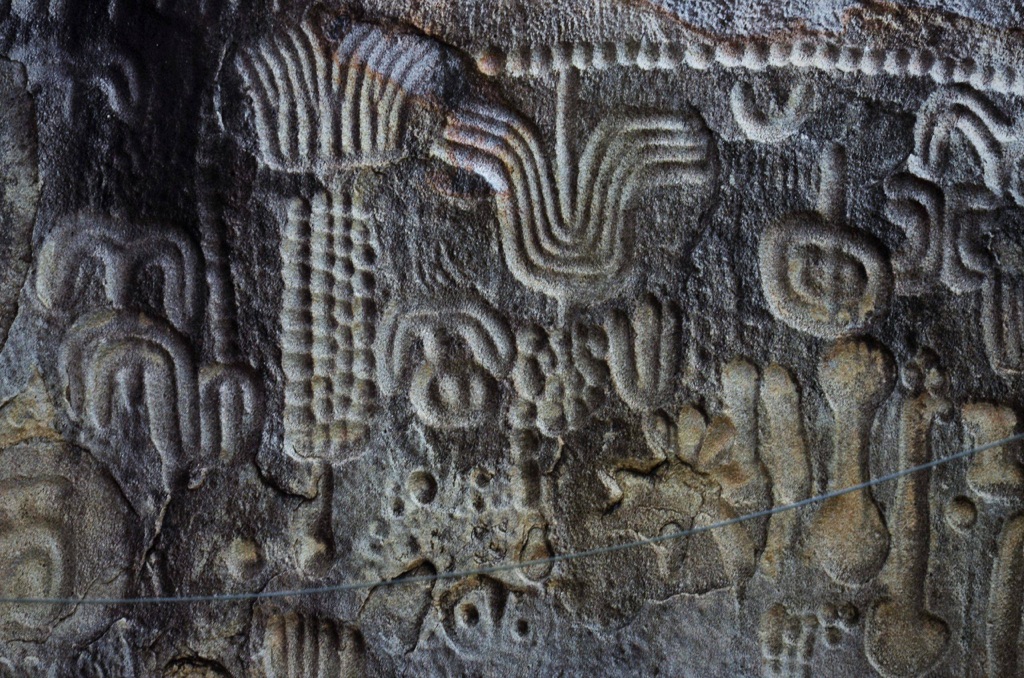
Yet, amidst the uncertainty, one truth remains unwavering—the profound significance of the Inga Stone as a window into the prehistoric cultures of South America. Its well-preserved carvings offer invaluable insights, unlocking the mysteries of ancient civilizations and shedding light on their customs, beliefs, and way of life.
As one of Brazil’s most cherished archaeological sites, the Inga Stone stands as a beacon of discovery, drawing scholars and curious minds from around the globe. With each passing day, its silent guardians—those weathered glyphs etched in stone—continue to inspire wonder and ignite the imagination, reminding us of the rich tapestry of human history woven into the very fabric of the earth.
